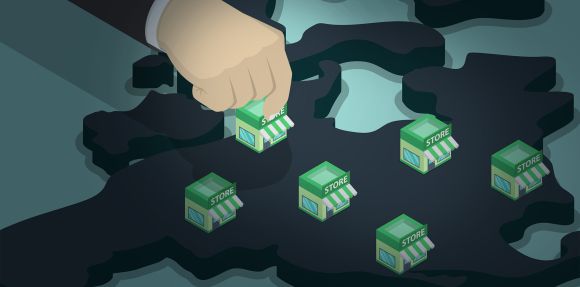Addressing food deserts is a topic that is top of mind for many economic developers and community leaders. While filling food deserts certainly provides economic benefits to a community, it also provides critical population health benefits.
To live a healthy life, it’s important to get regular check-ups from a general practitioner, but only about 20% of overall health is tied to clinical care like access to and quality of healthcare services. The other 80% comes from an individual’s physical environment, their genetics, behavioral factors, and social determinants of health.
In other words, a person’s total health and quality of life depends on many factors beyond medical care. One of those factors is access to affordable, healthy food—something almost 13% of the U.S. population struggles with. For the nearly 40 million people who live in low-income, low-access food deserts, this means that the nearest grocery store is at least a mile away in urban areas, and 10 miles away in rural areas.
Food deserts are often perceived as risky places to build grocery stores or supermarkets, as these stores require a lot of capital up front to build, but tend to serve smaller, lower-income populations. While this may give some businesses pause, these areas still represent viable trade areas and grocers will operate in them.
Here are tips economic developers can use to attract grocers to food deserts in their communities.
Think Like a Grocer
To craft a successful grocery store pitch, it’s important to overcome any negative perceptions of your food desert’s area. You can do this by thinking like a grocer and brainstorming answers and solutions to any questions or hesitations they may have. So, ask yourself: what are grocers looking for?
1. Access to Their Existing Supply Chain Network
This means it’s important to target grocers that are currently operating in your region. If the supply chain is already in place, expanding to your community is easier and more cost-effective than if they have to build out their network to support a new location.
2. Trade Areas with the Right Types of Customers
The right types of customers will be different for each grocery brand, so matching your population to a grocer’s ideal customers is crucial. You can do this by looking at the characteristics of your trade areas and comparing them to the types of customers who usually shop at specific brands.
For example, what types of customers shop at Aldi? Or Walmart Neighborhood Market? Is it the same type of customers who live in your food desert? What are their demographics? What are their behaviors? How much do they spend on groceries? Prove to grocers that there’s demand. Mobile GPS data can help illustrate this.
3. Site Economics That Make Sense
While this includes having a trade area with the right types of customers, it also includes having favorable cotenants, sites that minimize sales cannibalization of existing stores, and sufficient parking or access to public transportation, among other things. With these factors in mind, find what sites are available in your community and do your research. What brands occupied these sites before? Why did they leave? These are questions potential grocers will likely want the answers to.
The Bottom Line
Food deserts impact almost every community across the country. But by thinking like a grocer and presenting data-backed pitches to brands that make sense for your community, economic developers can fill these gaps, create jobs, and help their residents lead healthier lives.
Interested in learning how the Buxton Platform can help streamline this recruitment process, provide data-backed insights, and more? Check out our public sector platform.


